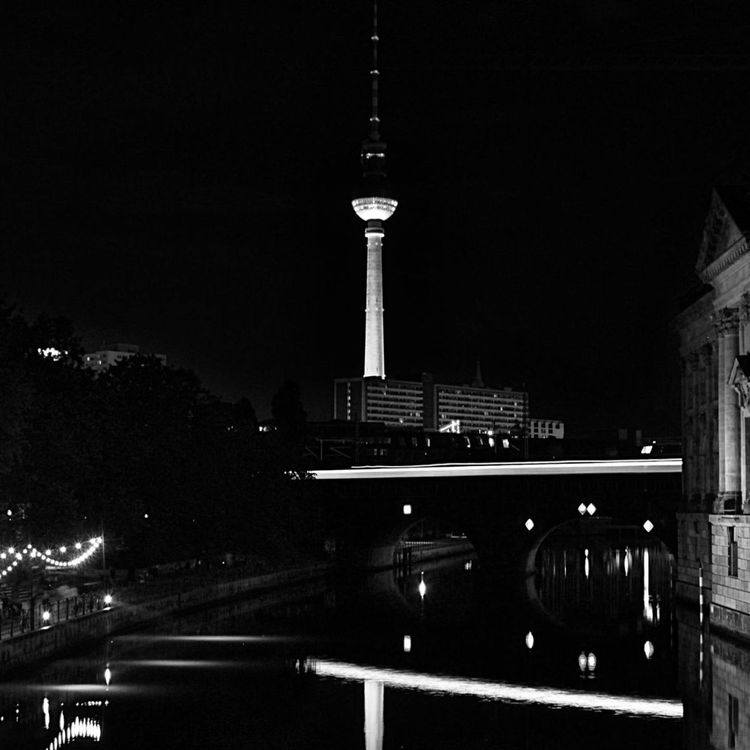Baggy Jeans & Smiley Dreams: The Acid House Revolution
Summer, 1988. The fields of Britain hummed with a new kind of energy. Kids from every corner — warehouse workers, art students, football lads, misfits — all dropped their day-to-day masks and pulled on the same uniform: baggy Joe Bloggs jeans, oversized tees, bright dungarees, bucket hats, and those now-iconic smiley faces.
This was the start of the Acid House explosion — the so-called "Second Summer of Love." The look wasn’t about fashion week approval; it was about freedom. You needed clothes you could move in, sweat in, and glow under UV lights until sunrise.
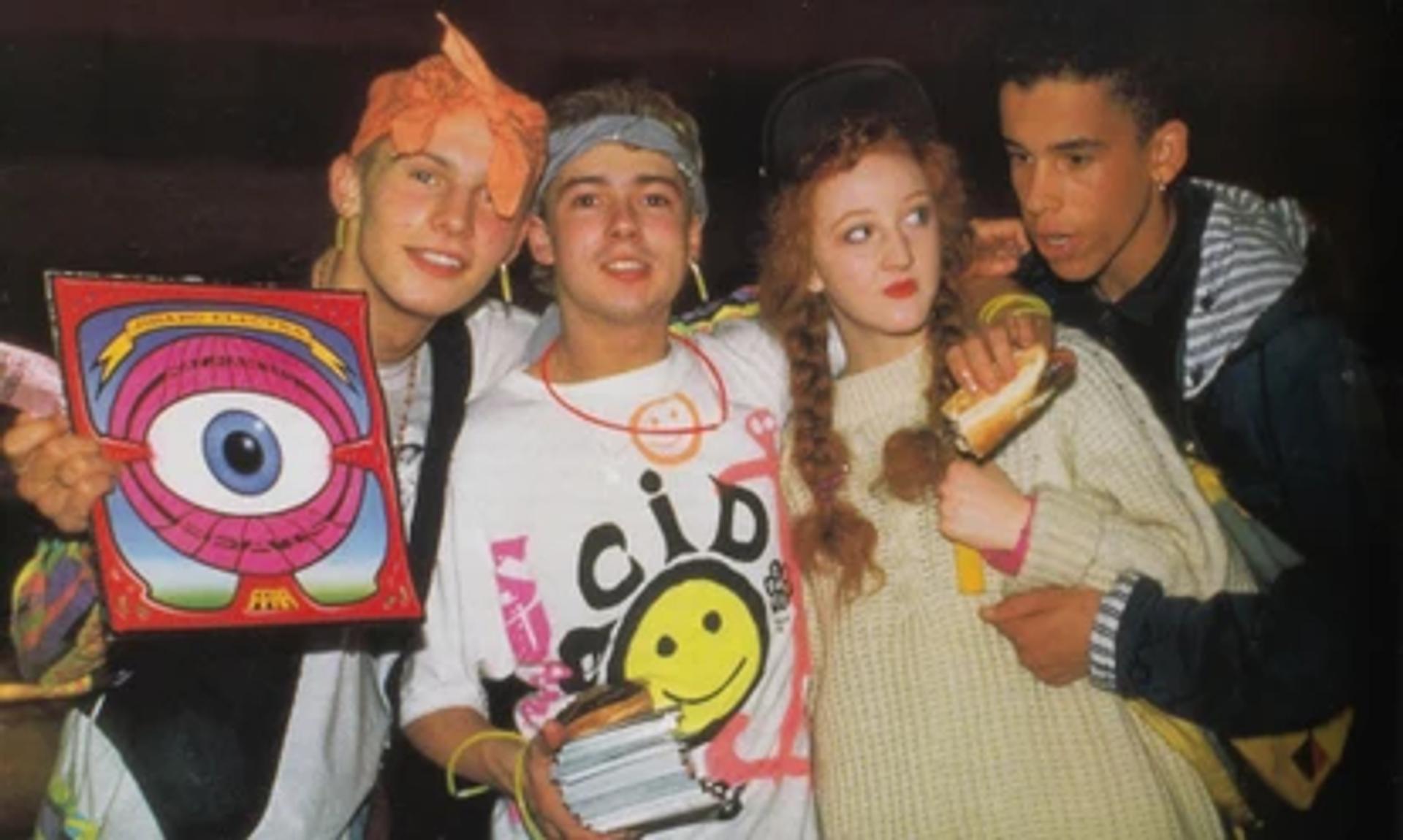
At the heart of it all was the sound: 120 bpm beats that felt endless, hypnotic, and strangely welcoming. It was easy to lose yourself in that groove, easy to believe that, for a night at least, the world could be a better place. For many, it really did feel like dancing could spark a social revolution. Ravers actually thought they might change the world — and for a while, it felt true.
In Leeds, the scene took on its own flavor. In Hyde Park, you had left-leaning artists and students turning abandoned spaces into psychedelic temples. Chapeltown’s blues clubs brought in deep and soulful rhythms and built bridges between black and white communities. Down in South Leeds, working-class white lads and football casuals claimed warehouses, turning them into neon-lit meccas.
The idea was simple: drop the ego, share the love, dance together.
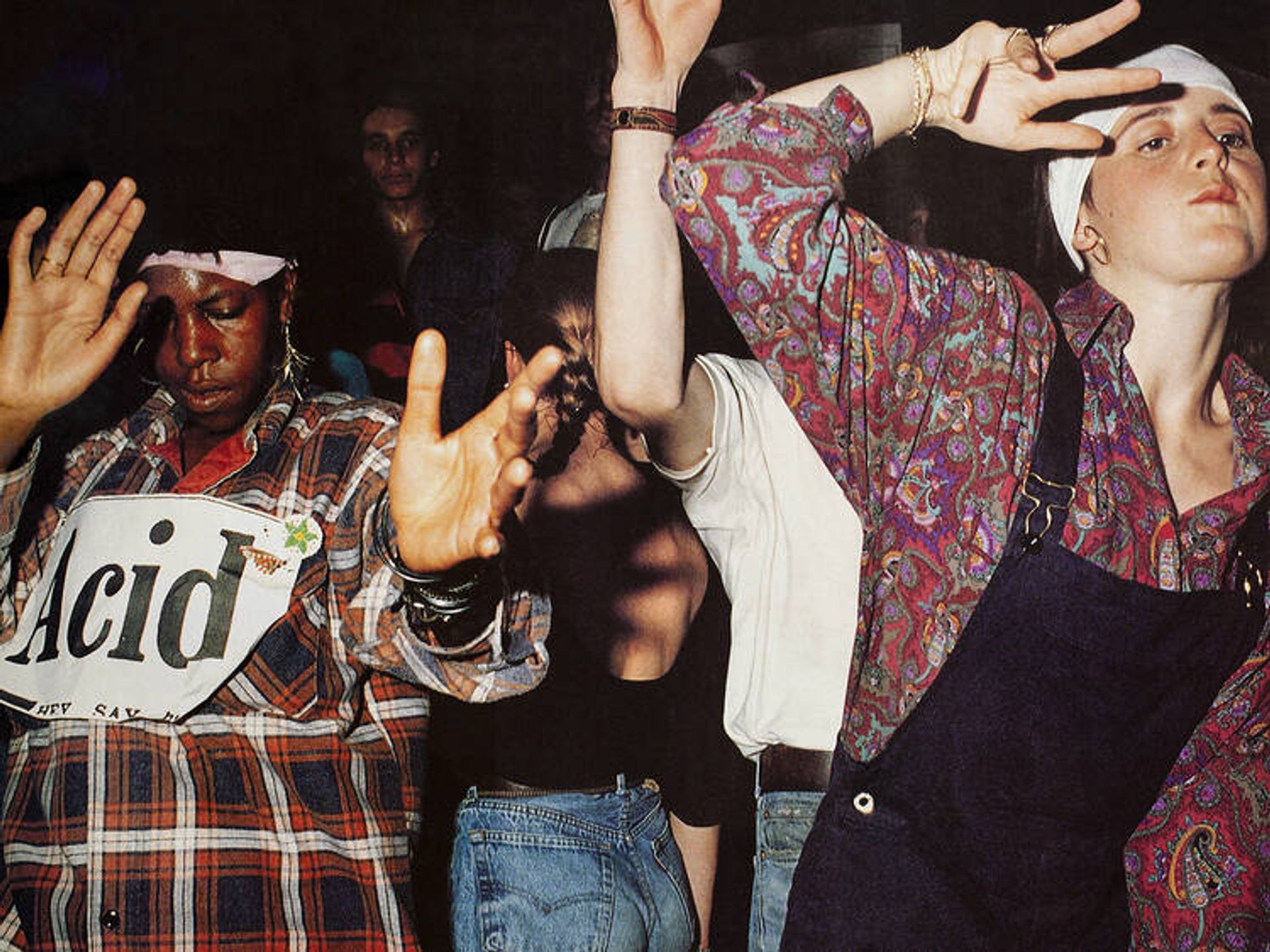
Clothes were more than just a look; they were a declaration. A bandana and whistle meant you weren’t just there to nod your head — you were there to go all in, to lose yourself completely. Baggy gear meant no restrictions, no tight seams holding you back from twisting, stomping, and stretching to the beat.
The smiley face became the unofficial logo of Acid House. Borrowed from 1970s counterculture but twisted into something new, it was everywhere: flyers, tees, stickers, record sleeves. It captured the pure, ecstatic energy of the scene. You saw it glowing in strobes, bouncing across dancefloors, worn as a badge of unity and defiance. A simple yellow face, yet it summed up a generation’s mission — spread joy, reject the grey, and never take yourself too seriously.
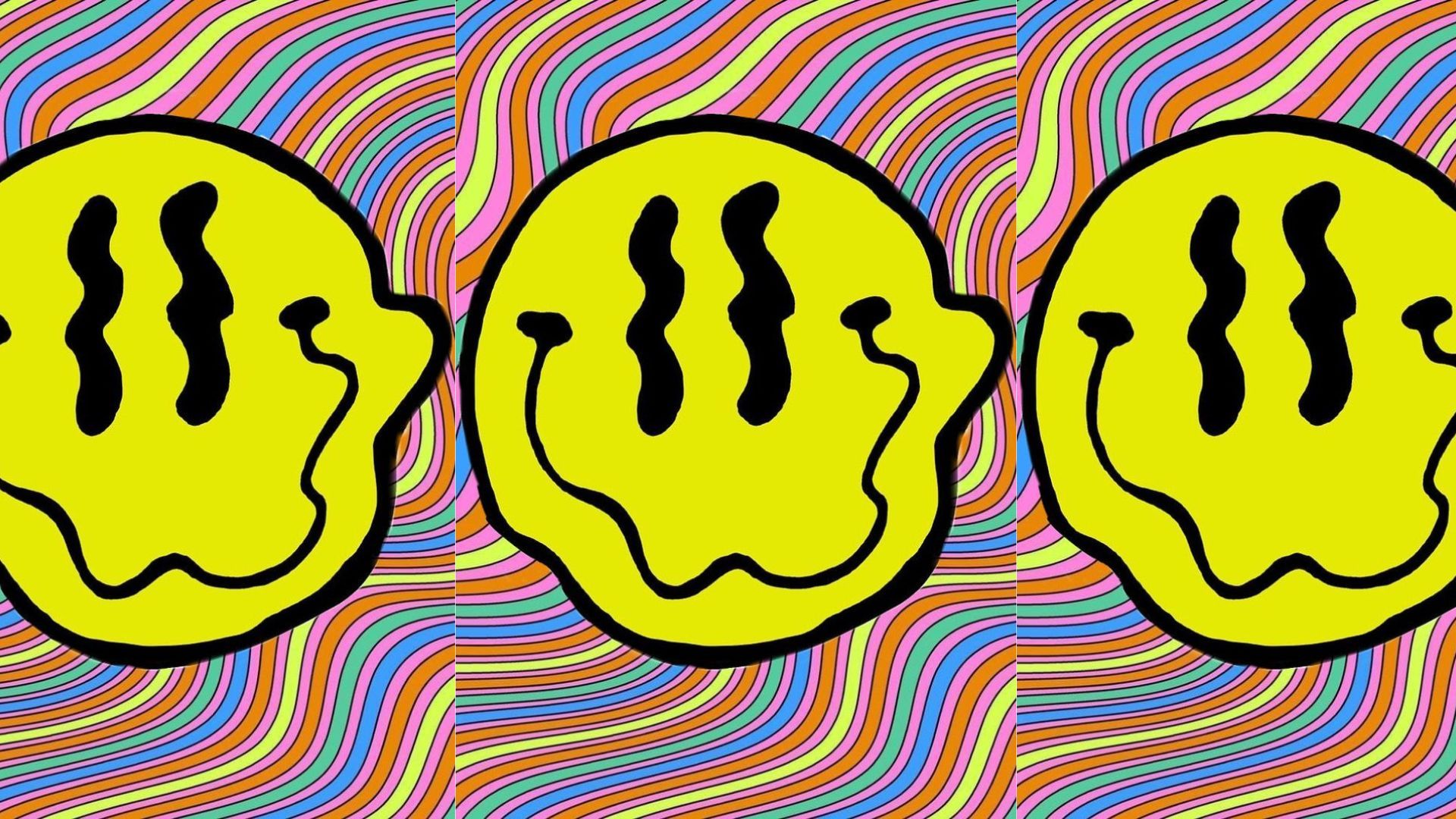
The Madchester scene and the legendary Hacienda club amplified this style. Walking into the Hacienda felt like entering another dimension — a blur of strobes, sweat, and euphoric faces lit up by fluorescent paint.
For a generation burned out on grey politics and tabloid fear, Acid House was pure escape. But it was also a new tribe — a patchwork of people who found their family on the dancefloor rather than at home or school.
Ask anyone who was there and they’ll tell you: it wasn’t just about the music or the drugs. It was the sense of being part of something bigger. That moment when thousands of strangers became one heaving, smiling organism under the same beat.
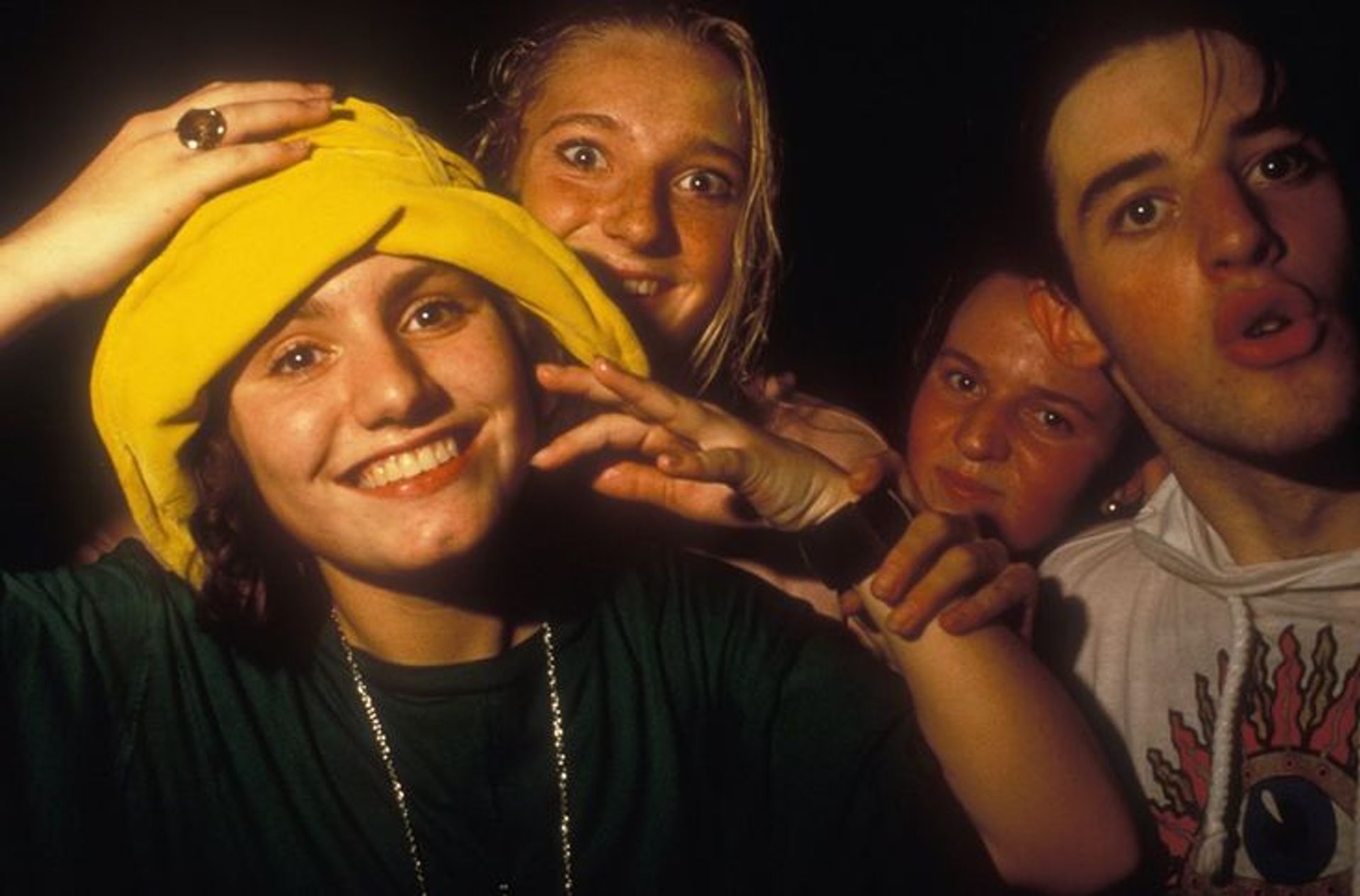
So next time you see an old smiley face sticker or a retro bucket hat, know it’s more than just a throwback. It’s a symbol of a time when people believed that a sweaty warehouse and a loud sound system could bring the world together — and for a while, they were right.


